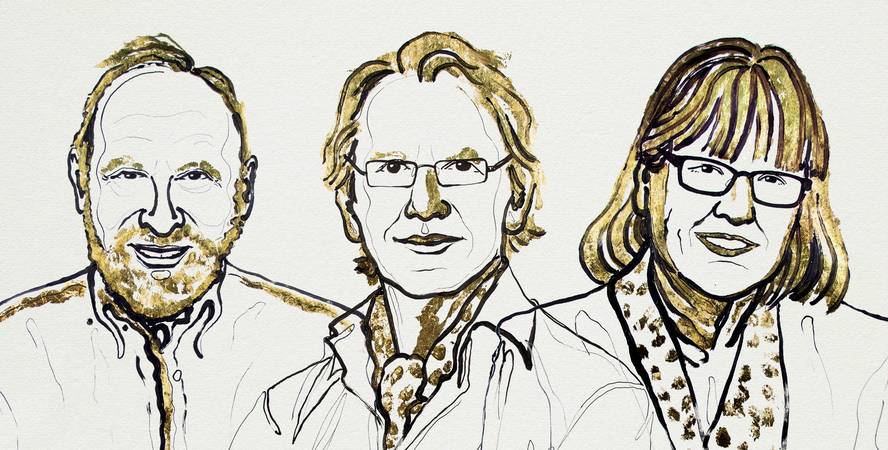Nobel Prize in Physics for Revolutionary Contributions to Laser Physics

Researchers Arthur Ashkin, Gerard Mourou and Donna Strickland will receive the 2018 Nobel Prize in Physics for “their revolutionary contributions to laser physics.” The Nobel Foundation has highlighted that the advances made by these researchers have made laser a very useful tool in fields such as industry, biology or medicine.
This year's award has been divided into two parts. Half will be for Arthur Ashkin for inventing optical clamps and applying them in biology. Ashkin had a dream: to be able to move physical objects with light. And although at that time it seemed like a science fiction, it did. When the first lasers were invented in 1960, Ashkin began working with them at Bell Laboratories in New York. He managed to move small particles with lasers and realized that the particles moved to the middle of the beam (due to a radiation pressure gradient through it). Later, focusing the laser with a lens, he managed to retain the particles at a certain point. Invented optical clamps.
Years later, by combining optical clamps with other techniques, atoms would also be trapped. On the other hand, Ashkin himself showed that optical clamps could also be very useful for biology. Using infrared lasers, in 1984 he demonstrated that living bacteria could remain safe. From then on, with these optical forceps, he began to investigate bacteria, viruses and cells, as well as intracellular systems. And today this technique is widely used in biology.
High-intensity lasers
The other half of the prize will be for Gerard Mourou and Donna Strickland, for inventing the technique of creating high-intensity ultraviolet pulses. Since the creation of the laser, researchers have tried to achieve pulses of increasing intensity. However, in the mid-1980s it seemed to have reached the limit, as if they tried to increase the intensity further the amplifier material was destroyed.
Strickland and Mourou devised a new technique (CPA technique) that overcame this problem: summarize the pulse in time, then amplify it and finally compress it. Thus, an article published in late 1985 showed that the intensity of lasers could increase considerably. It was the first scientific publication of Strickland. He was doing his doctoral thesis under the direction of Mourou. She will now be the third woman to receive the Nobel Prize in Physics, 55 years after her last installment.
This discovery was a revolution and became a basic technique for the manufacture of high-intensity lasers. Today, these types of lasers are widely used, for example, to perform laser operations to improve vision, cut or drill various materials and eleven other applications. And surely they will have in the future many more that we still do not know





